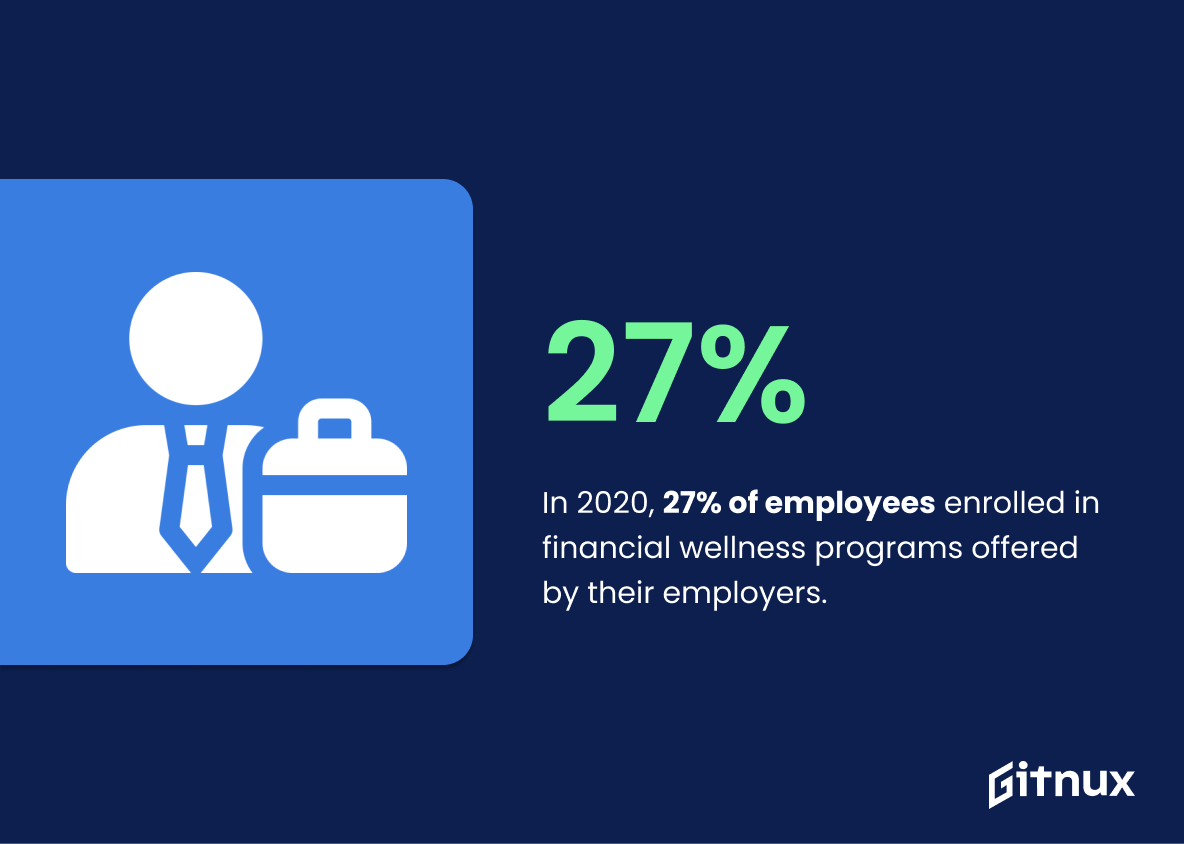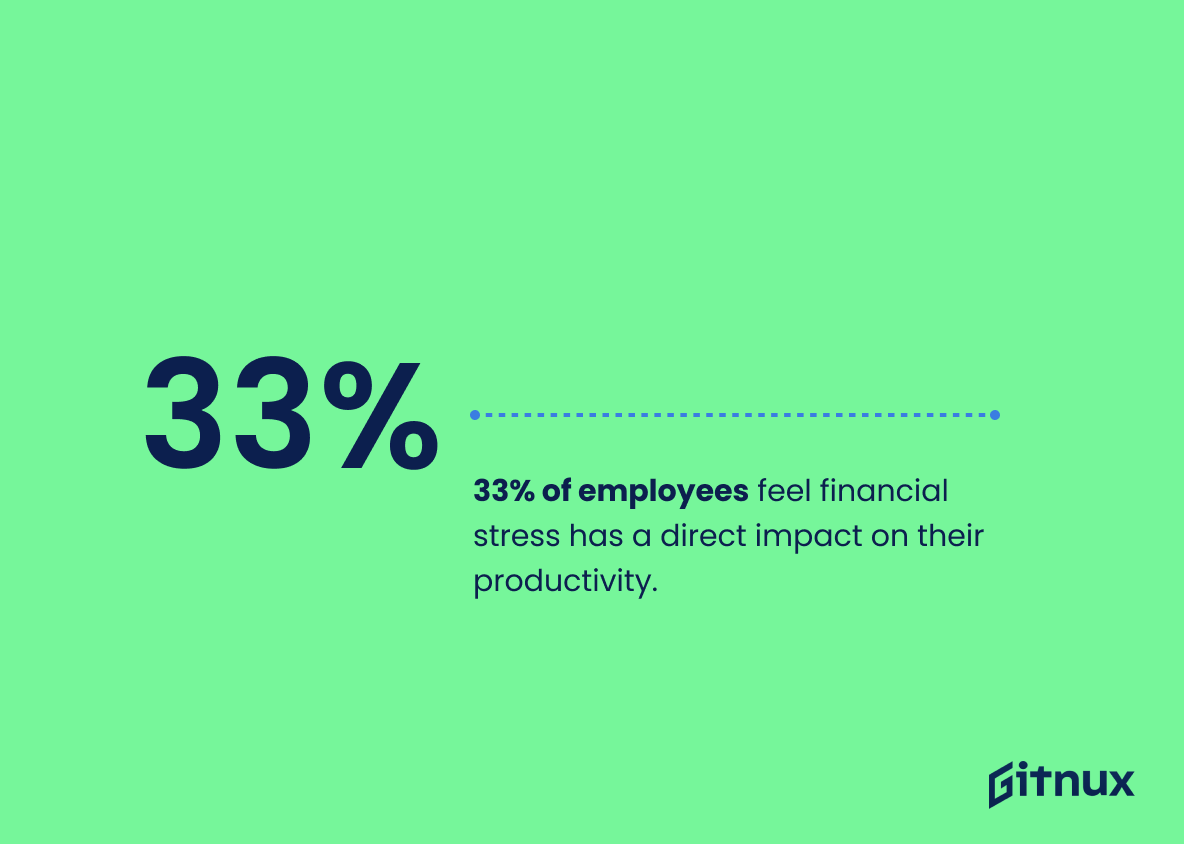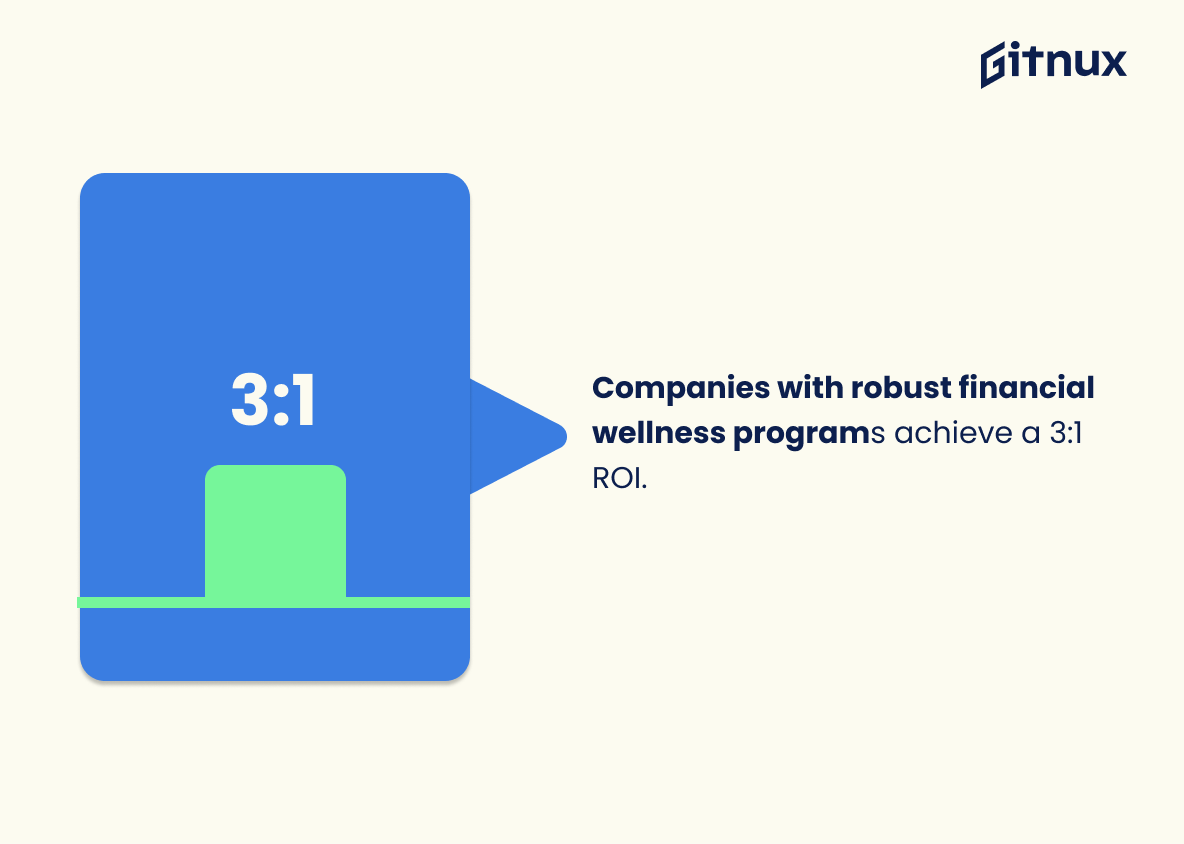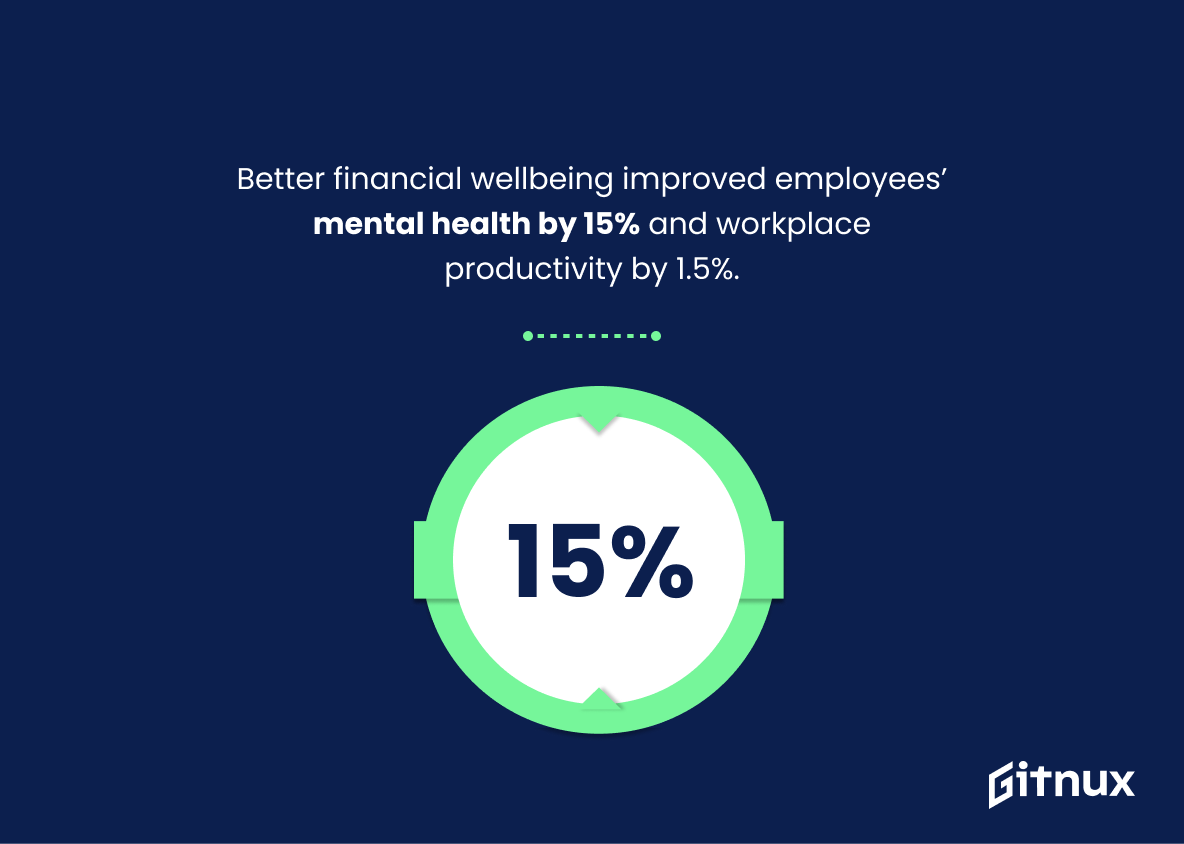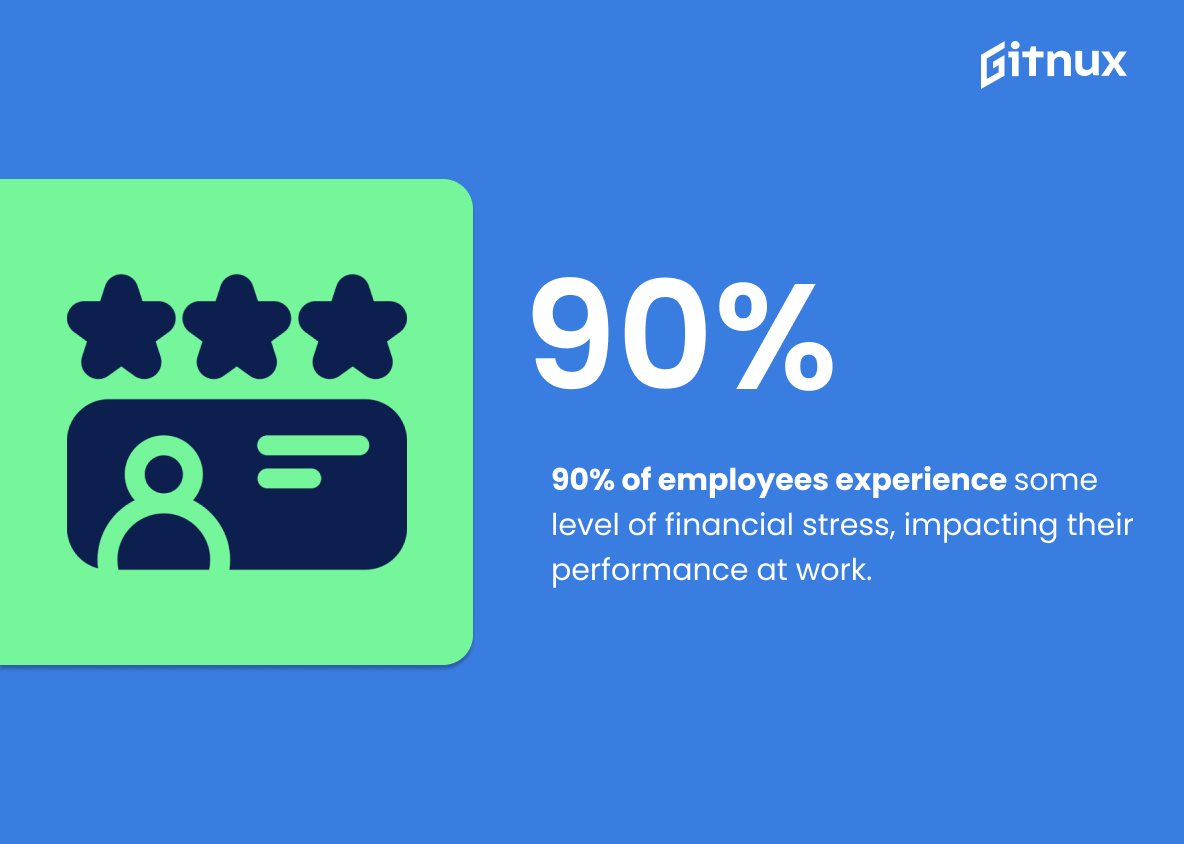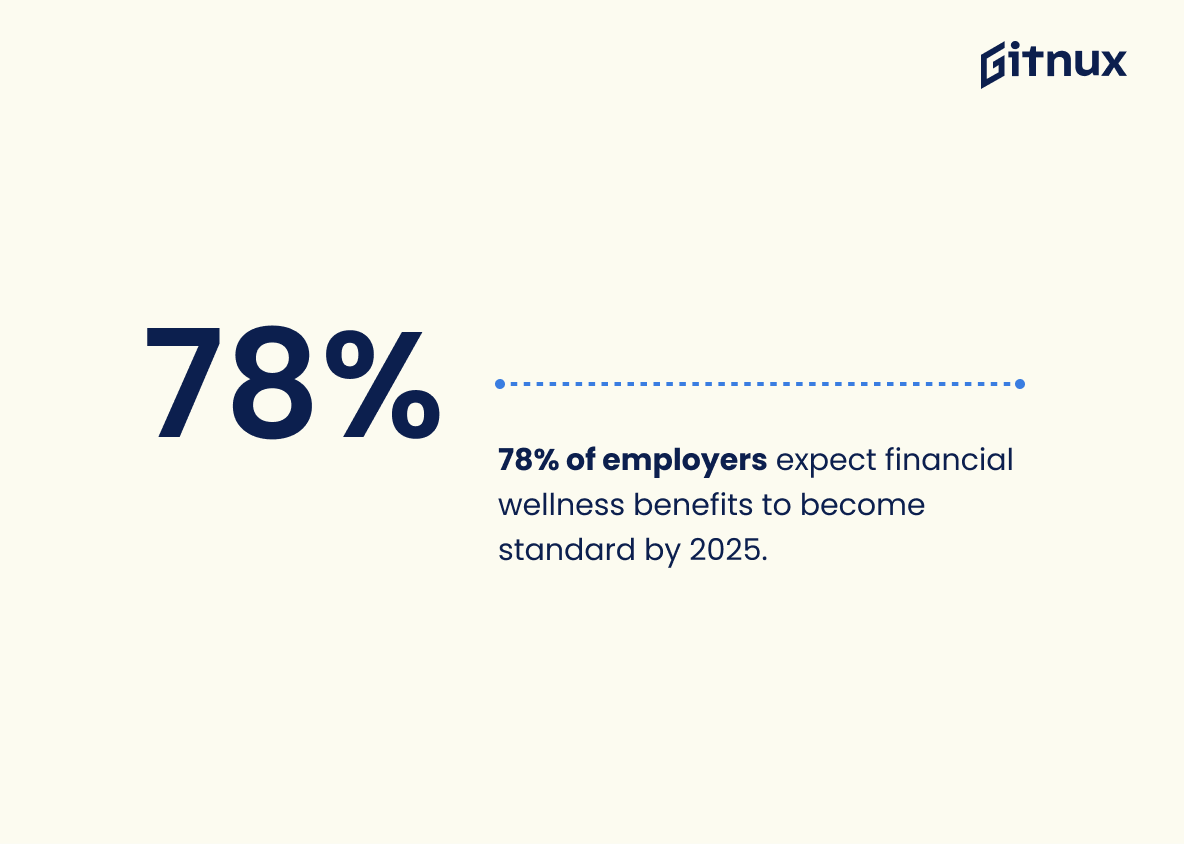Financial wellness is an important topic for employees and employers alike. With the right financial tools, resources, and education in place, both parties can benefit from improved productivity and overall wellbeing. This blog post will explore 20 statistics related to financial wellness that demonstrate how widespread this issue is among workers today. From living paycheck-to-paycheck to feeling stressed about their finances at work, these stats provide a comprehensive look into the current state of employee financial health across America.
This statistic is a stark reminder of the importance of financial wellness in the workplace. It highlights the fact that financial stress can have a serious impact on employee health, and that employers should take steps to ensure their employees are financially secure. This statistic is a call to action for employers to prioritize financial wellness in order to protect the health and wellbeing of their employees.
Only 24% of millennials demonstrate basic financial literacy.
This statistic is a stark reminder of the importance of financial literacy among millennials. It highlights the need for more education and resources to help this generation become more financially savvy. It also serves as a warning to those who may be unaware of the risks associated with poor financial literacy, such as debt, bankruptcy, and other financial hardships. By understanding the importance of this statistic, we can better equip millennials with the knowledge and tools they need to make sound financial decisions.
Financial Wellness Statistics Overview
In 2020, 27% of employees enrolled in financial wellness programs offered by their employers.
This statistic is a testament to the growing importance of financial wellness programs in the workplace. It shows that more and more employers are recognizing the need to provide their employees with the resources and support they need to make sound financial decisions. This is a positive trend that can help employees become more financially secure and better prepared for the future.
A survey found that 75% of workers believe financial wellness programs would help alleviate their financial stress.
This statistic is a powerful indicator of the need for financial wellness programs. It shows that the majority of workers recognize the potential of such programs to help them manage their financial stress. This statistic is a strong argument for the implementation of financial wellness programs, as it demonstrates the widespread desire for such programs among workers.
33% of employees feel financial stress has a direct impact on their productivity.
This statistic is significant because it highlights the importance of financial wellness in the workplace. It suggests that financial stress can have a direct and negative effect on employee productivity, which can have a detrimental impact on a business’s bottom line. This statistic emphasizes the need for employers to prioritize financial wellness and provide resources to help employees manage their finances.
Companies with comprehensive financial wellness programs experience a 3:1 return on investment (ROI).
This statistic is a powerful testament to the value of comprehensive financial wellness programs. It demonstrates that investing in such programs can have a significant return, making it a worthwhile endeavor for companies to pursue. This statistic is a great reminder that financial wellness is not only beneficial for employees, but also for businesses.
Better financial wellbeing improved employees’ mental health by 15% and workplace productivity by 1.5%.
This statistic is a powerful testament to the positive impact of financial wellbeing on employees. It shows that when employees have better financial wellbeing, their mental health is improved by 15%, and their workplace productivity increases by 1.5%. This is a clear indication that investing in financial wellness initiatives can have a significant and positive effect on employees and their work.
90% of employees experience some level of financial stress, impacting their performance at work.
This statistic is a stark reminder of the prevalence of financial stress in the workplace, and how it can have a detrimental effect on employee performance. It highlights the importance of financial wellness programs in the workplace, which can help employees manage their finances and reduce stress levels.
55% of employees define financial wellness as having enough money for future needs.
This statistic is significant in the context of a blog post about Financial Wellness Statistics because it highlights the importance of financial planning for the future. It shows that the majority of employees understand the need to save and plan for their future needs, which is essential for achieving financial wellness.
A report found that 78% of employers believe that financial wellness benefits will be a standard offering in the workplace by 2025.
This statistic is a powerful indicator of the direction the workplace is heading in terms of financial wellness benefits. It shows that employers are recognizing the importance of providing financial wellness benefits to their employees and are expecting it to become a standard offering in the near future. This statistic is a clear sign that financial wellness is becoming increasingly important in the workplace.
Conclusion
The statistics presented in this blog post demonstrate the importance of financial wellness for employees. Financially stressed employees are 5 times more likely to be distracted by their finances at work, 78% live paycheck-to-paycheck, 57% report they are not financially well and 83% would like employers to provide tools for helping them manage their personal finances. Additionally, 25% of employees report that financial stress has impacted their health while 60%, 54%, and 33% feel stressed about their finances or worry about their financial health respectively. Furthermore, only 24 percent of millennials demonstrate basic financial literacy and 27 percent enrolled in employer provided programs last year. A survey found that 75 percent believe such programs could help alleviate stress while 39 percent cite saving for future healthcare costs as a top concern. Companies with comprehensive plans experience 3:1 return on investment (ROI) which can improve mental health by 15%. Finally 90 % experience some level of stress impacting performance at work; 35 % have neglected healthcare due to being unwell; 47 % think education should be available at work; 55 % define it as having enough money for future needs; 50 % identify student loans as most significant worry and 78 % expect these benefits will become standard offering by 2025 . These figures highlight the need for employers to offer resources aimed towards improving employee’s overall wellbeing through providing access to educational materials regarding budgeting strategies , debt management options , retirement planning advice etc., so that workers may better understand how best they can take control over managing both current & long term goals related to finance .
References
0. – https://www.businesswire.com
1. – https://www.plansponsor.com
2. – https://www.psca.org
3. – https://www.salaryfinance.com
4. – https://www.prnewswire.com
5. – https://www.shrm.org
6. – https://www.hrspi.com
7. – https://www.forbes.com
8. – https://www.bankrate.com
9. – https://www.bankofamerica.com
